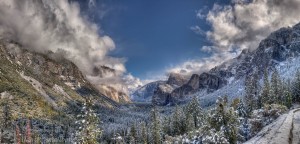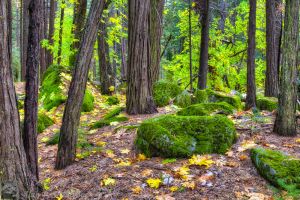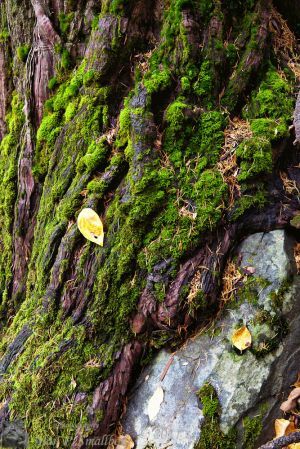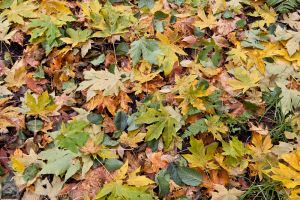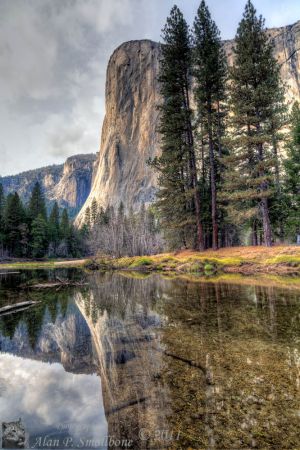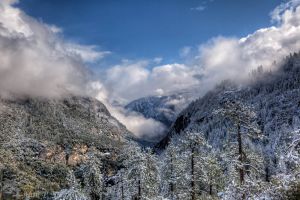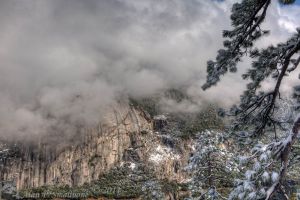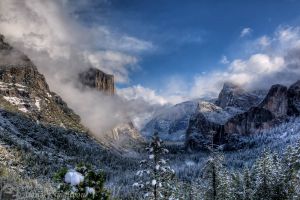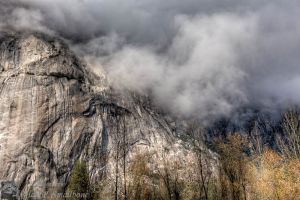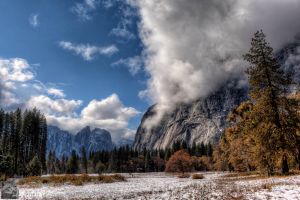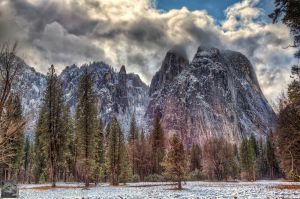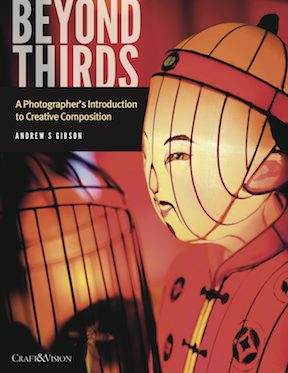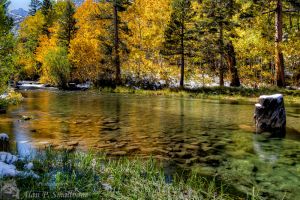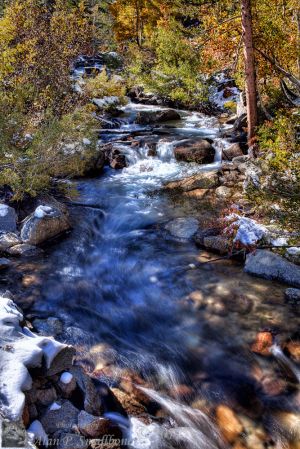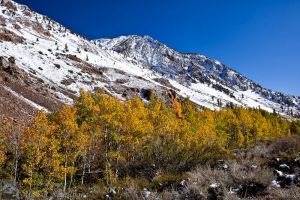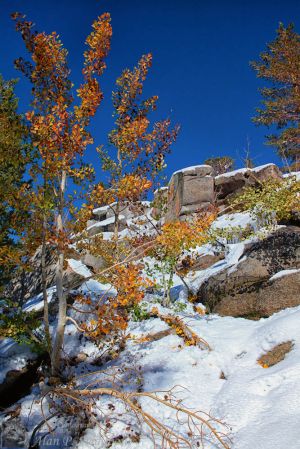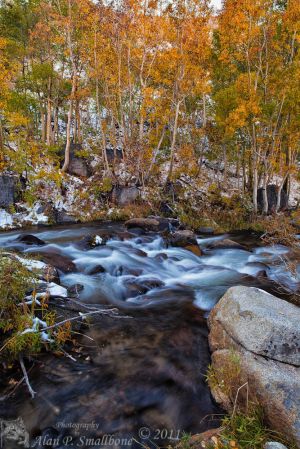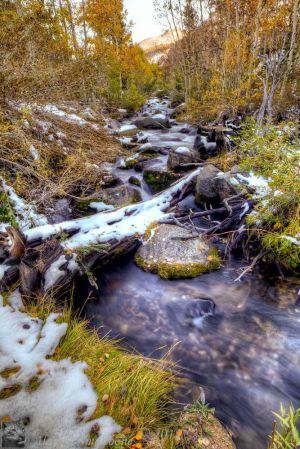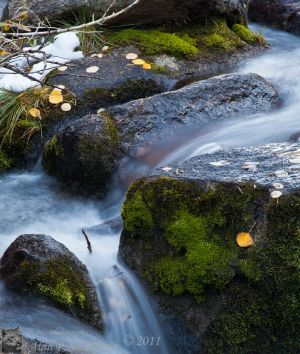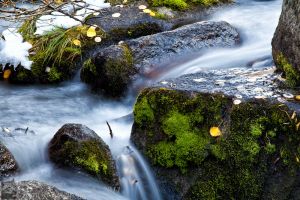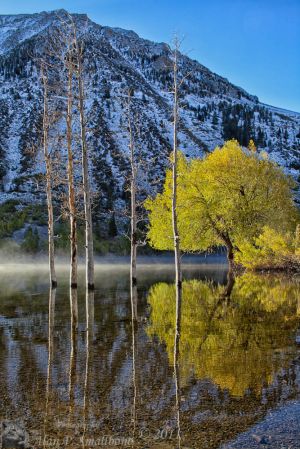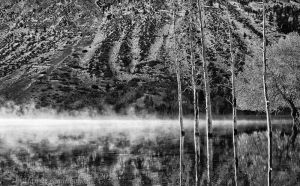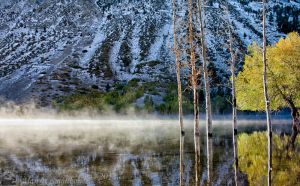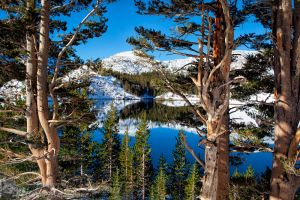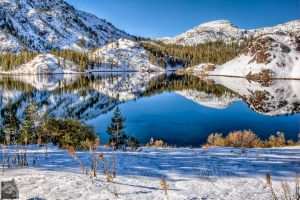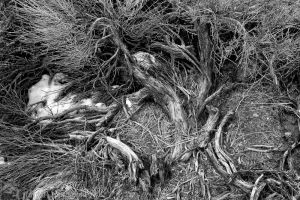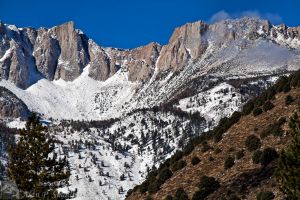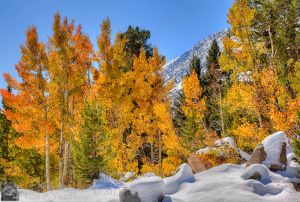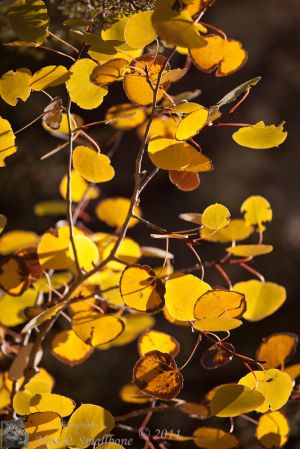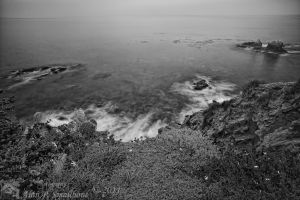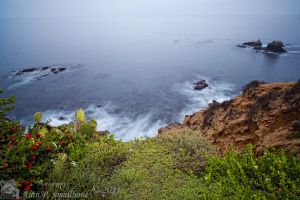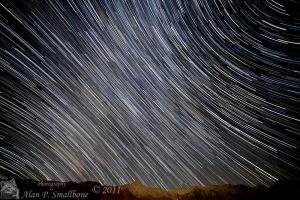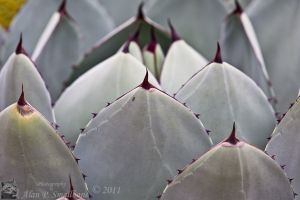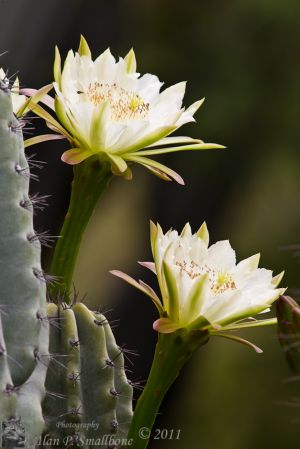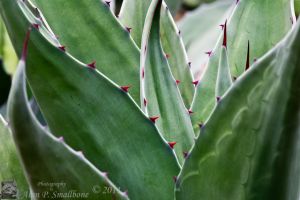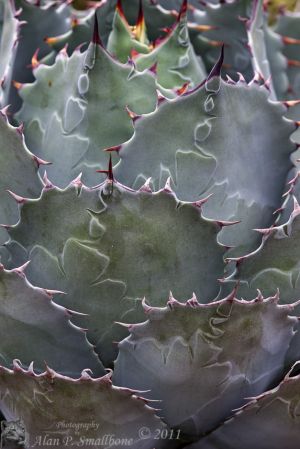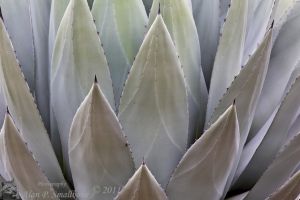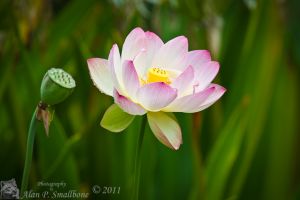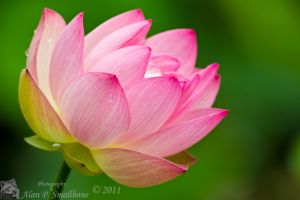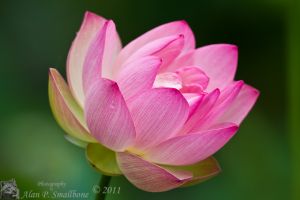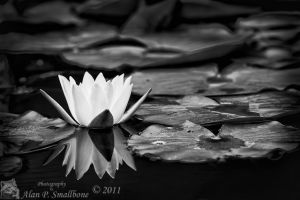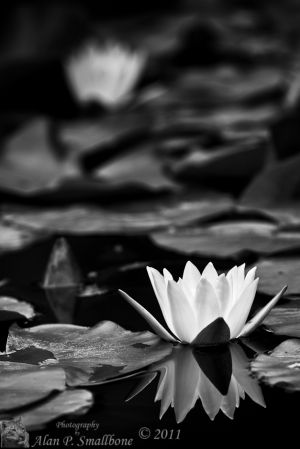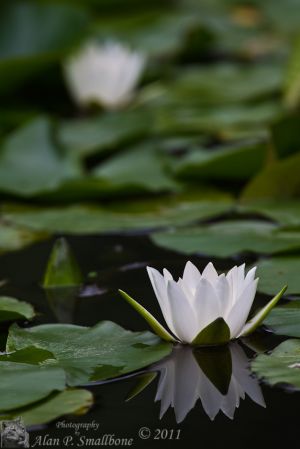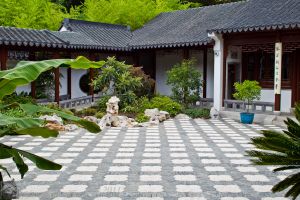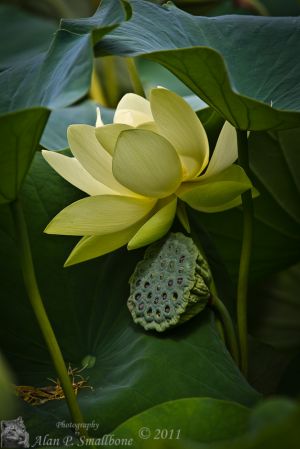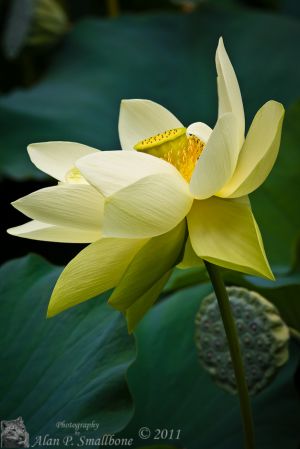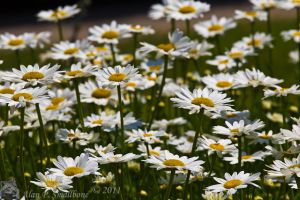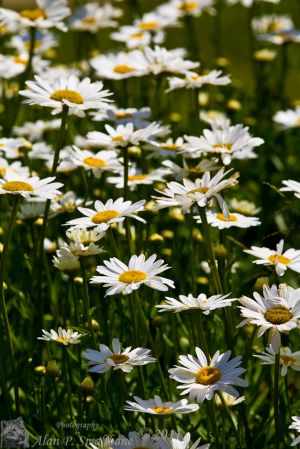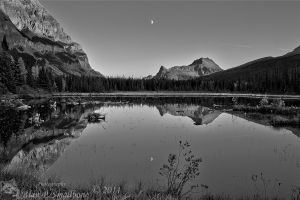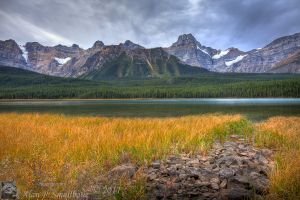At the beginning of November, my wife Barbara and I made a short trip up to Yosemite. We were lucky enough to stay at a friend’s cabin in Wawona, so we made it a long weekend. The cabin was fabulous, very comfortable, beautiful surroundings and best of all we were inside the park! We had a great time, definitely need to spend longer next time, but we still managed to do a lot. We went there hoping to see some fall colors, and we were successful. A storm was moving through and I was hoping for some dramatic clouds to enhance the scenery, and we certainly got that as well. We were also lucky enough to get a nice dusting of snow, a wonderful time to do photography! So we had it all, great scenery, dramatic skies, snow and fall colors all rolled into one area. Here is a 4 panel panorama from the Tunnel View location overlooking the Yosemite Valley, you can see the dusting of snow and the clearing storm clouds, a great opportunity. This is a 4 panel panorama, taken with a Canon 5D MarkII and Zeiss 35mm f2 in the portrait orientation. Each panel consists of three images with different exposures blended together to capture the full dynamic range of the scene.
Here are some other views from different locations through Yosemite. I took a reduced set of equipment with me, instead of my usual collection of lenses and gear. I brought my Canon 5D MarkII and a Zeiss 35mm f2, Zeiss 21mm f2.8, Canon 70-200 f4L, Canon 50mm f1.4, and a Samyang 14mm f2.8. The most used lens was the Zeiss 35mm, followed by the 21mm, and then the 70-200, I really did not use anything else. I hope you enjoy the images and please feel free to comment or “like” the post. Thanks for looking.

